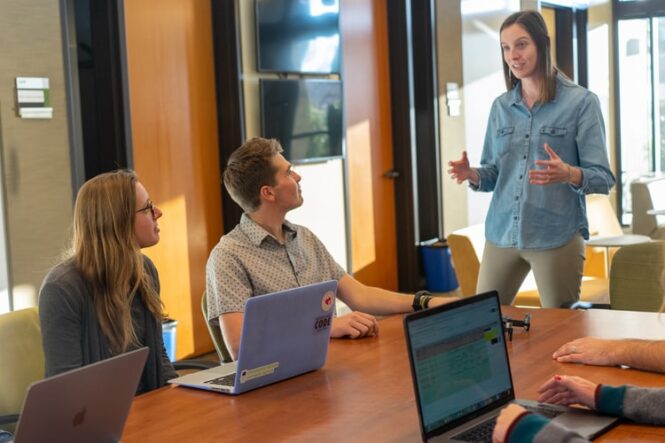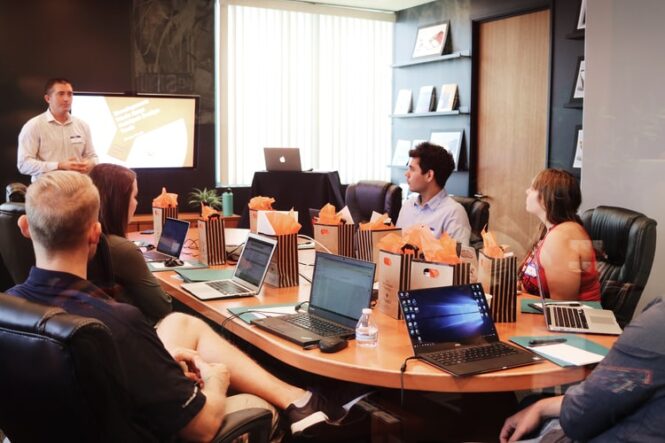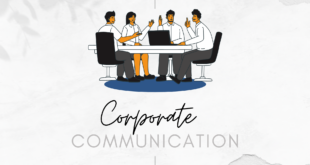Creative and innovative ideas are the lifeblood of successful companies. In today’s business environment of continuous change, companies that want to thrive have to find ways to adapt to the changing tides of the economy and forces as alien and unpredictable as global health crises. Creativity—and a corporate culture that encourages thinking outside of the box—are at the heart of this capacity to adapt and innovate.
What follows are some insights into why employee creativity is crucial to businesses’ health, based on lessons I’ve learned in organizational leadership and as the chief strategy officer for a national behavioral health provider. (Learn more about addiction and mental health treatment at FHE Health.) I’ll also offer some tips for how to foster a work culture that’s friendly to creative, out-of-the-box thinking.
Why Employee Creativity Is Crucial

In my own experience leading teams and shaping marketing and business development strategy, I’ve found creative collaboration to be critical to business health and longevity. First, having a creative and involved team ensures decisions aren’t just perceived as top-down but collaborative: where there are employee participation and every member of the team feels involved.
Where everyone feels involved—that encourages collaboration and a sense of belonging. This in turn is good for employee morale, which is key to retaining good talent. (High employee turnover, on the other hand, usually correlates with a loss in profits.)
Second, companies that aren’t nimble fail. In order to survive, they need to adapt and innovate, and creative ideas are the engine of this process.
Recent developments have made this truth clear in harsh terms. In fact, it’s hard to think of a business whose operations have not been impacted by the global health crisis and efforts to contain it. In this new climate, just about every company has been forced to reconsider how they do certain things.
In our case, it quickly became clear that our business development team would have to rethink how they did their work—much of which involved meeting in person with referral sources, often over lunch. (Almost everyone was working remotely from home, and the prospect of a face-to-face lunch wasn’t going to fly.)
We knew we needed a solution and that jobs and the company’s bottom line depended on it. After putting our heads together and brainstorming, we came up with the following idea: We would host group lunches on Zoom, and anyone who rsvp’d would get a complimentary, catered lunch delivered to their home.
It was a hit. Not only did our lunch guests love it, but we achieved our goal of building and strengthening business relationships. The bigger lesson, though, is that we couldn’t have done this without giving employees some creative license.
Tips for How to Encourage Creativity in Employees

Of course, a creative license doesn’t just magically appear in a workplace. Business leaders have to give it so that creativity becomes part of the DNA of their corporate culture. On this note, the following tips can help business executives and managers promote original thought in their employees:
1) Hold regular brainstorming sessions. In addition to the business development lunches, we had to reevaluate our approach to staying in touch with people who had come through our treatment programs.
In the past, we hosted a large group meeting for all of our aftercare patients once a week, and the rest of our contact had been by phone. When it quickly became apparent that this method of the meeting would no longer work, our team went back to the drawing board. The question focusing our discussion: “How do we foster connection for our aftercare patients during this time of disconnection?”
The idea that resulted from that brainstorming session proved so successful we’ve decided to keep using it. We began holding more intimate, small group meetings on Zoom. Each meeting had a topical focus conducive to group discussion. The new format became so popular that we now have seven different, active support groups for aftercare patients from various treatment programs. And, since these meetings are now more targeted to their particular group audiences and offer a more intimate way to converse, we’ve seen rates of participation soar.

2) Create a supportive environment that encourages risk-taking. Creativity requires risk, whether it’s the risk of sounding stupid or making a mistake. But often mistakes are punished rather than treated as learning opportunities. Consequently, employees become risk-averse, equating job security with keeping their heads down and not volunteering new ideas that could land them in hot water.
The problem with this model is that it denies the reality that everyone makes mistakes and that mistakes are opportunities to learn and grow. Consider how many times the greatest scientists and inventors had to strike out before they achieved their breakthrough. Yet it was the one, two, or 10 so-called failures that gave them the insights they needed to develop their revolutionary theory or invention.
A supportive environment is one where taking risks won’t be punished. In order to be creative, people need to feel safe and know their mistakes will be treated as learning opportunities rather than a cause for criticism or demotion. So much progress and creativity depend on learning what doesn’t work.

3) Assign the exercise of learning about an area of the business that an employee may know nothing about. To encourage creativity, I sometimes ask employees to spend two hours per week learning something new about the business. Then, after several weeks of this learning, I ask every team member to share what they learned and how it affects their role. For example, if my job is managing the company website, I might spend several weeks learning about insurance verification—the goal being to ask how these insights might affect my role.
This strategy has sometimes generated very creative ideas from employees. In one case, an employee who worked with our aftercare patients wanted to learn about paid advertising and came up with some fabulous ideas for ways we could reach these patients through our paid advertising program. We were then able to create a whole series of ads reaching aftercare patients.
By holding regular brainstorming sessions, providing a supportive environment for risk-taking, and encouraging continuous learning, employers can foster creative and out-of-the-box thinking. It may be the very thing that helps a business swim rather than sink in these rough waters.
The article is provided by marketing leader and serial entrepreneur Susan Roy.
 Imagup General Magazine 2024
Imagup General Magazine 2024



